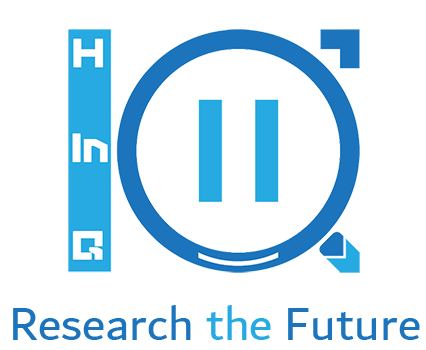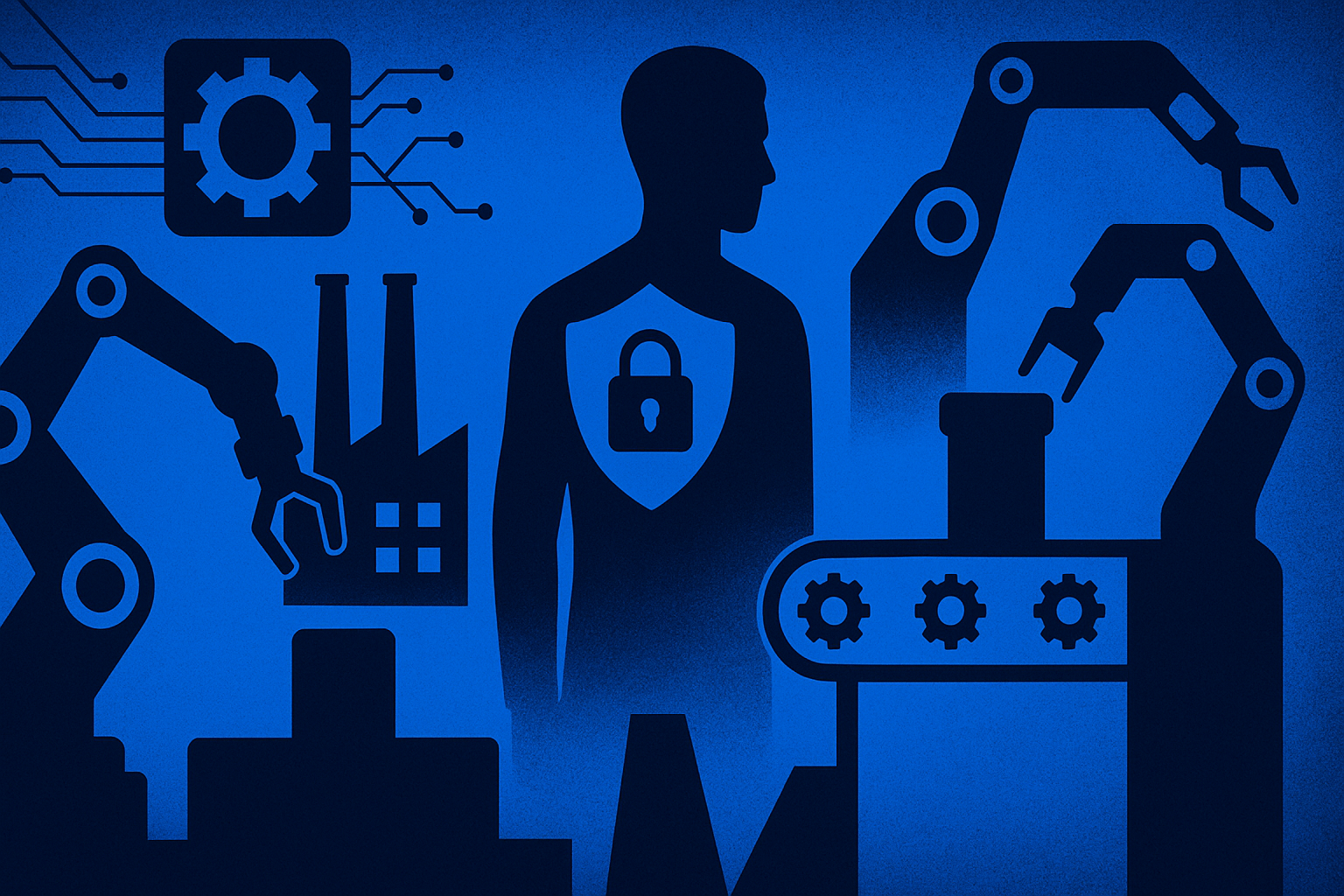Automation Enables Unprecedented Efficiency Across Industrial Functions
Industry 4.0 technologies have ushered in a new era of operational capability. Through interconnected machinery, predictive analytics, and robotics, organizations can now achieve levels of efficiency that were previously unattainable. Processes that once required manual oversight or batch cycles now happen continuously and in real time. The result is a drastic reduction in production errors, operational delays, and energy waste.
Automated systems make it possible to fine-tune workflows based on data from every node in a supply chain. Machines talk to each other, inventory adjusts automatically, and maintenance is triggered before breakdowns occur. These dynamics not only reduce costs but also support more agile responses to market demands.
Beyond the factory floor, automation tools are reshaping logistics, customer service, and even marketing. Data-driven platforms analyze performance and recommend optimizations with a level of precision no human team could consistently achieve. This operational speed is becoming a competitive differentiator for manufacturers and service providers alike.
The promise of Industry 4.0 is tightly linked to this acceleration. When systems work without pause or error, productivity scales and strategic decision-making becomes more data-informed than ever before.
The Same Systems Built for Speed Also Enable Surveillance and Micro-Management
The infrastructure that powers Industry 4.0 is inherently observant. Every action, delay, deviation, and input are recorded, processed, and evaluated. While these capabilities are essential for efficiency, they also serve as tools for granular oversight. Systems designed to optimize workflows double as platforms for tracking employee behavior with high frequency and minimal friction.
Managers receive dashboards that show who paused the line, how long a task took, and whether performance is meeting algorithmic benchmarks. In many environments, workers become objects of measurement rather than participants in process improvement. Surveillance becomes a byproduct of operational visibility.
Digital tools now extend this oversight to areas once considered too nuanced to quantify. Cognitive load, communication speed, and even emotional tone may be monitored in some workplaces. These metrics feed into performance reviews, scheduling decisions, and team structures, often with little transparency or recourse for those being assessed.
This shift from oversight to omnipresence changes the psychological environment. It encourages compliance over creativity and risk aversion over initiative. What begins as an effort to improve performance may evolve into a culture of constant evaluation, eroding trust between teams and leadership.
Smart Factories Risk Converting Workers Into Data Points, Not Decision-Makers
In the smart factory, human contributions are increasingly filtered through the lens of data. Operators interact with systems that track keystrokes, sensor readings, and predefined outcomes. The focus shifts toward compliance with processes designed by software, reducing the scope for improvisation or discretion. Human insight, once central to quality and innovation, is often sidelined by algorithmic efficiency.
As systems take over the task of deciding when and how work gets done, the role of the worker narrows. Instead of being problem-solvers, individuals are asked to follow instructions derived from patterns and protocols. The space for independent judgment shrinks, replaced by rules set by predictive models.
This evolution affects not just tasks but identity. Workers who once saw themselves as skilled professionals increasingly find their value determined by metrics. Creativity, collaboration, and intuition are harder to measure, and so they are often ignored. Feedback loops become one-way: systems tell people what to do, but people rarely influence how systems evolve.
In this context, digital efficiency can create a form of professional detachment. Motivation declines when people feel monitored but not trusted. Innovation stalls when teams are discouraged from deviating from automated instructions. Industry 4.0, in its current form, risks trading adaptability for predictability, and in doing so, may compromise long-term resilience.
Digital Infrastructure Favors Centralized Power Over Decentralized Innovation
The architecture of Industry 4.0 is built for consolidation. Cloud platforms, integrated dashboards, and enterprise-wide analytics create visibility across functions and geographies. These tools allow leadership to observe, analyze, and control operations from a distance, with unprecedented granularity. While this centralization streamlines decision-making, it often narrows the field for localized experimentation and adaptation.
Data governance structures typically place authority in centralized departments. From IT to compliance, key systems are managed by core teams that define standards, restrict access, and validate outputs. This reduces variability, but it also limits the ability of smaller units to customize tools or explore alternatives that diverge from centralized directives.
Innovation thrives on flexibility. Teams close to the customer or the production floor often have insights that don’t align with top-down priorities. When digital tools are locked into enterprise-level objectives, these insights struggle to find expression. Standardization becomes the norm, not because it is always best, but because it is easier to control.
Leadership often equates control with reliability, but excessive centralization can stifle innovation, delay responsiveness, and disengage frontline talent. A system that monitors everything tends to also prescribe everything, reducing the space for creative interpretation or strategic improvisation.
Empowering edge teams with the authority to interpret data and adjust processes may introduce variability, but it also cultivates resilience and relevance in fast-changing markets.
Leaders Must Choose: Build Systems for Performance, or for Empowerment
The future of automation is about how organizations choose to deploy machines. Leaders face a fundamental decision: whether to use Industry 4.0 tools primarily for control or to design them for empowerment. This choice shapes everything from company culture to market agility.
Systems built for control emphasize uniformity, predictability, and rule enforcement. They are optimized to reduce variability and ensure compliance with centrally defined metrics. In such environments, trust is replaced by monitoring, and learning is replaced by adherence to process. These systems often deliver short-term gains but struggle to adapt to new challenges.
On the other hand, systems designed for empowerment build capabilities across the organization. They provide access to data, encourage experimentation, and make room for context-sensitive decisions. Workers become active agents who interpret insights, suggest improvements, and take ownership of outcomes. These environments tend to foster innovation, engagement, and long-term growth.
Technology alone does not determine how a system behaves. Leadership values do. By choosing to align automation with human development rather than behavioral control, organizations can unlock more than efficiency. They can build workplaces where intelligence is distributed, resilience is real, and digital transformation becomes a shared opportunity rather than a centralized command.
The Real ROI of Industry 4.0 Lies in Who It Empowers
The power of Industry 4.0 lies in its impact on people. Automation can deliver efficiency, accuracy, and scalability. It can also impose control, reduce agency, and flatten creativity. These outcomes are not inevitable. They are shaped by choices made at the top.
Leaders set the tone for how digital systems are used. When automation supports autonomy and insight, it drives sustainable growth. When it is used to monitor and micromanage, it may extract performance at the cost of innovation and morale.
Empowerment is a strategic asset. The most resilient organizations will be those that use technology to amplify human capability, not constrain it. Industry 4.0 is a turning point not only for operations but for organizational integrity. The returns will be great for those who build systems that trust people to lead within them.
Ressources :
- Leadership in the Fourth Industrial Revolution – Oxford Leadership
- Organizational evolution and managed empowerment in Industry 4.0 – McKinsey
- Managers shaping acceptance of Industry 4.0 via transformational leadership – Emerald/Operations Management Review
- How leaders are navigating the Fourth Industrial Revolution – Harvard Business Review
- Digital Analytics Insights – H-in-Q



